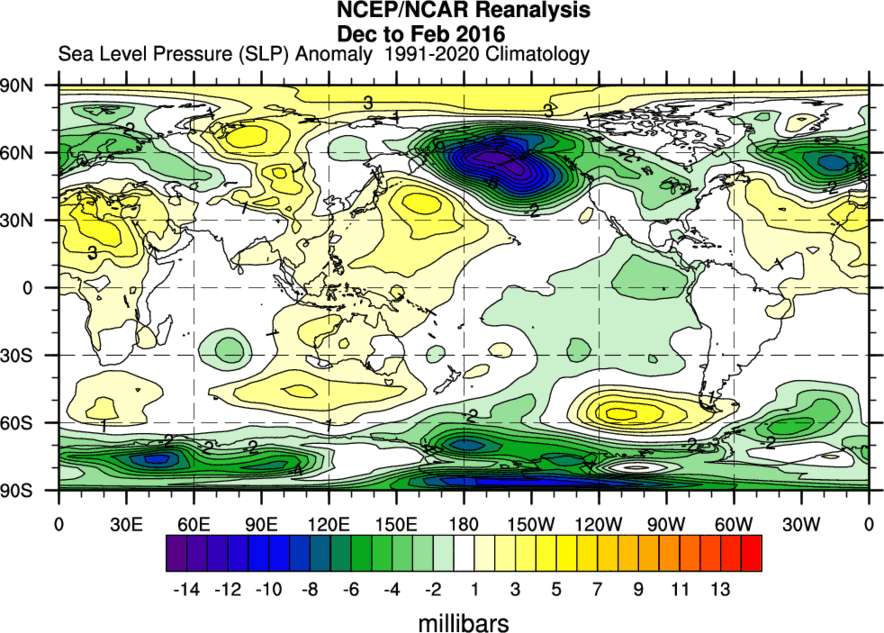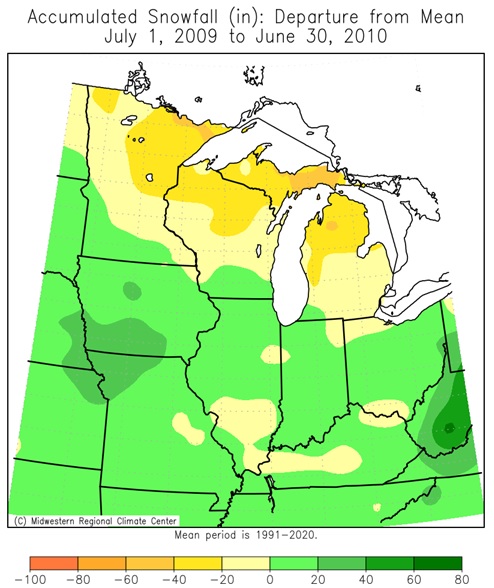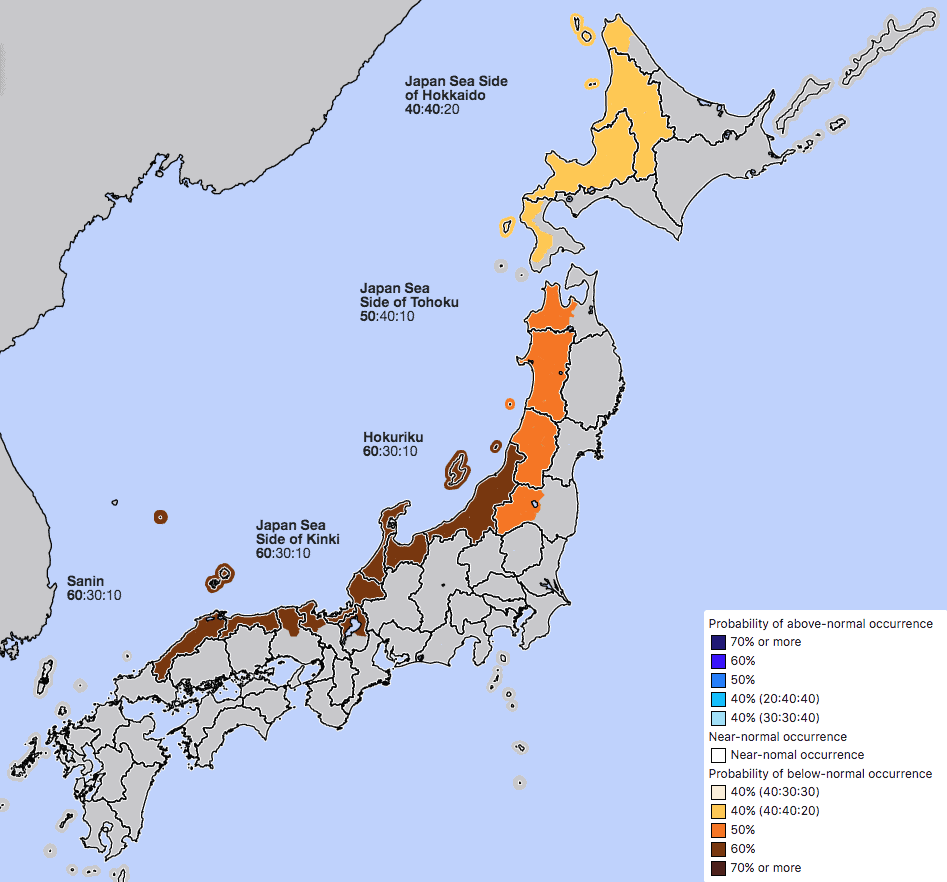Table of Contents
- First Snow 2023-2024 | Vincent Wo | Flickr
- 2023-2024 Japanese Snow Season Outlook – Grasshopper's February Update ...
- Next Year Festival Calendar 2025 - Marlo Shantee
- Children play snow during a snowfall on December 20, 2023 in Yantai ...
- With 21.8cm of snow, yesterday was Montréal's snowiest day since Jan ...
- 2023-2024 Japanese Snow Season Outlook – What We Can Expect in an El ...
- Winter 2023-24 Outlook
- 2023-2024 winter forecast - YouTube
- Land of ice and snow: Winter weather seen from above - January 22, 2024 ...
- Photo gallery: Your snow pictures from February 2023



What are Snowfall Probabilities?



How Does the National Weather Service Predict Snowfall Probabilities?




Interpreting Snowfall Probability Forecasts
When checking the weather forecast, you may come across terms like "30% chance of snow" or "80% chance of snow." But what do these numbers really mean? Here's a breakdown of how to interpret snowfall probability forecasts: Low probability (0-30%): Snowfall is unlikely, but not impossible. Moderate probability (30-60%): Snowfall is possible, but the forecast is uncertain. High probability (60-80%): Snowfall is likely, but the exact amount and timing are still uncertain. Very high probability (80-100%): Snowfall is highly likely, with a high degree of confidence in the forecast. Understanding snowfall probabilities is essential for making informed decisions about winter weather events. By grasping the basics of how the National Weather Service predicts these probabilities, you can better prepare for snowfall and stay safe during winter storms. Remember to always check the latest forecast and warnings from the NWS, and stay tuned for updates on snowfall probabilities in your area.For more information on snowfall probabilities and winter weather forecasts, visit the National Weather Service website at www.weather.gov.